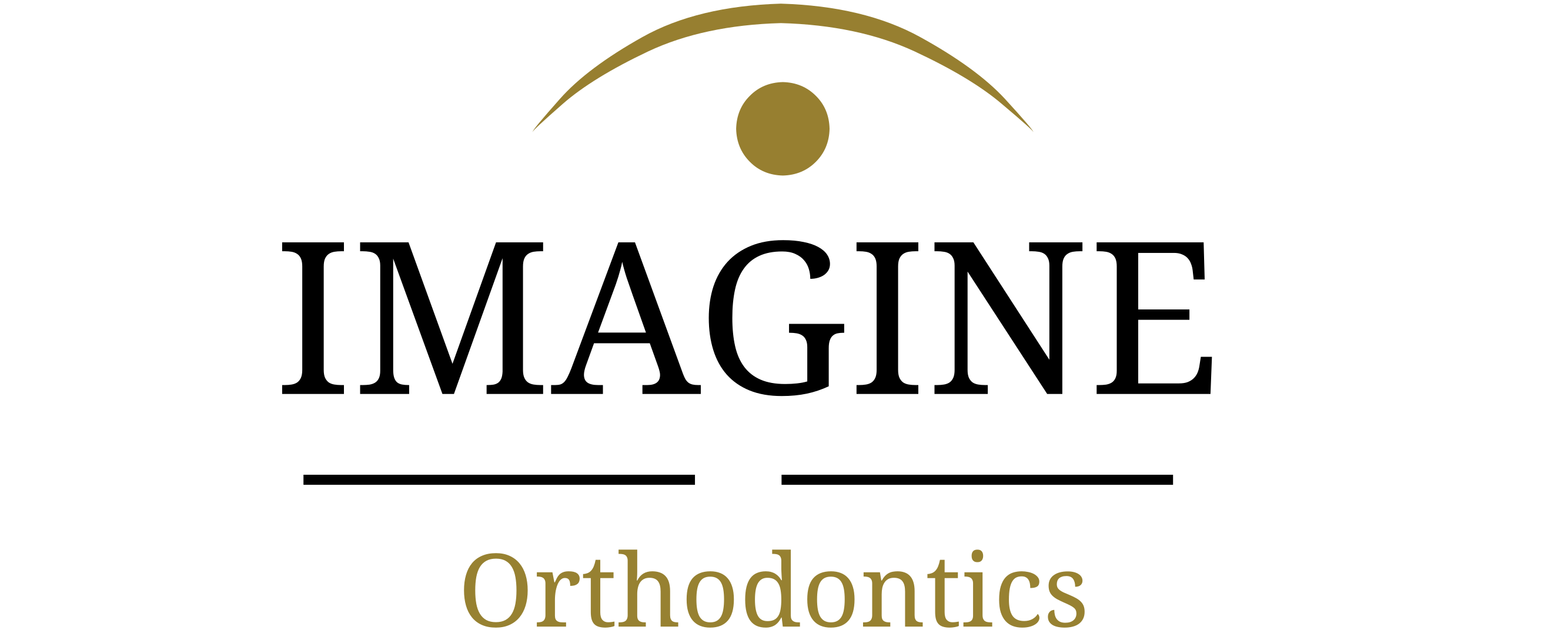How does early orthodontic treatment benefit my child? How is it different from regular orthodontic care?
These are common questions when we suggest early intervention for children. Early treatment – also known as early intervention and two phase treatment – is a type of care specifically offered when children present with significant orthodontic problems that, if addressed early, can be corrected with appliances alone rather that relying on surgery. The goal is to use the most minimally invasive treatments, ensuring the comfort of the child while still correcting the abnormalities they present with.

Signs a Child May Require Early Orthodontic Treatment
- Early or late loss of baby teeth
- Struggles with biting or chewing
- Breathing through the mouth
- Thumb sucking, especially after age five
- Speech impediments
- Protruding teeth
- Teeth that come together incorrectly or cannot come together
- Shifting of the jaw when moving it
- Crowded front teeth around age seven
- Tongue thrust
How Early Treatment Can Be Beneficial
Most children start orthodontic treatment around age 13 when their jaw bones have already finished a significant amount of their growing. This means that treatment starting at that age or older is limited in what it can do. Children who are around age seven and present with severe problems can benefit from treatment that harnesses their jaw growth, allowing them to avoid painful surgeries later in life.
Understanding Two-Phase Treatment
Two-phase treatment is made up of two phases of active treatment, a resting phase, and the retention phase. There are as follows:
- Phase One: Appliances are used to help jaw development so that both the upper and lower jaw fit together and there is sufficient room for the adult teeth.
- Rest: No appliances are worn and the remaining teeth are given the chance to emerge. Progress is monitored about every six months.
- Phase Two: Braces are used to get each tooth to an exact location to create facial balance and harmony.
Retention: Retainers are used to hold the teeth in their ideal positions so they don’t migrate back to where they were.
We can tell you whether or not your child needs early intervention after an initial examination.
Schedule your complimentary initial exam today:
